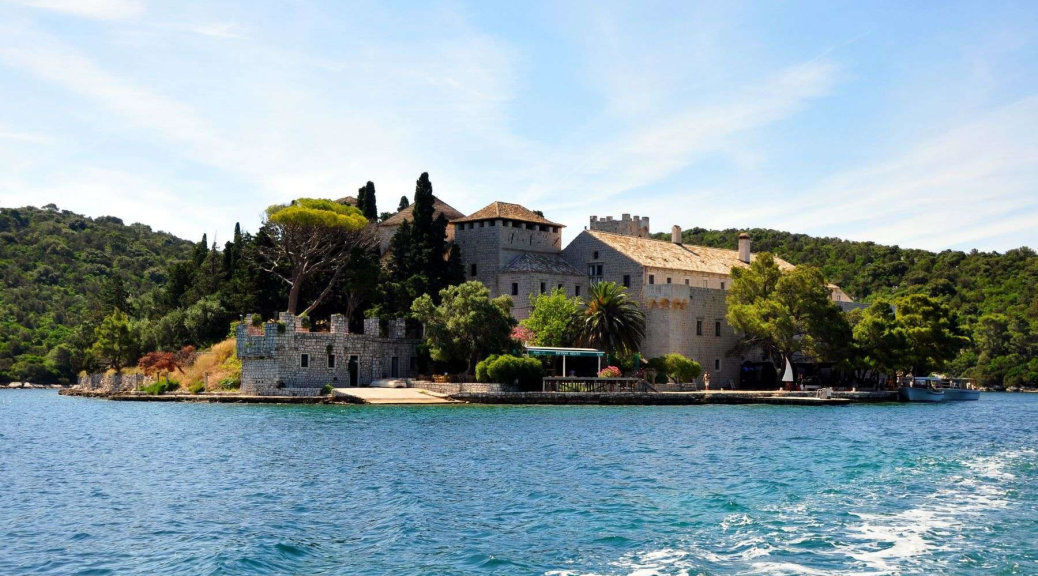The island of Mljet is situated in the very south of Croatia, and it is a part of Dubrovnik‘s archipelago. Mljet is considered to be the greenest Croatian island, and with its sweet salty lakes, diversity of flora and fauna it secured his status as one of the most beautiful islands. Mljet is also the natural habitat of the Mediterranean monk seal, nearly extinct mammal.
Climate
Mediterranean climate prevails in Mljet. Summers are long and dry, while winters are rainy and mild. In the summer the most common wind breeze is Maestral, while the autumn and winter periods are rather fresh because of the strong wind – bura. Temperatures rarely drop below freezing, and a chance for snowflakes is reduced to minimum.
Sights
From the nations who lived on the island, Romans are the most important ones. They left behind several valuable buildings. Antic palace in the village Polača was built by the Emperor Augustus. Palace is consisted out of baths, two basilicas, warehouses for galleys and it is one of the best preserved monuments as it is the third largest Roman monument on the coast.
Benedictine built Sotnica which served as the judicial-administrative and farm building. During the Dubrovnik Republic, Knežev dvor or the Prince’s Palace was built. Knežev dvor is a Renaissance building with a large courtyard and a terrace.
Church of St. Mary and Benedictine monastery is located on the island of St. Mary in the middle of the Great Lake. Shady trees, turquoise lake and amazing calm, made that this island within the island became a trademark of Mljet.
Activities
Mljet is the perfect island for various sports. Arranged mountaineering trails with several phases for the hikers, numerous caves and pits that are perfect for the speleologists as well as a variety of bike paths. You can paddle in a kayak and canoe on Little and Great Lake or feel the wind in your hair enjoying on a yacht.
Must see
The western part of the island is a national park, which is also the oldest national park in the country. National Park Mljet is home to many rare plant and animal species which testifies of quality living conditions, whether on the land or in the sea.
Odisejeva špilja, or the Odysseus cave, was not named after the celebrated hero by accident. According to a legend, Ulysses had shipwreck nearby Mljet and there he met Calypso. The bottom of the cave is filled with water, so it can be reached by swimming or in a small boat.
Cave Rikavica is partially flooded, and it is ideal for diving. During the storm, you can hear terrifying screams and there are various stories about the existence of the mythical monster.
Tourist Board
Dubrovačko-Neretvanska
Vukovarska 24
20000 Dubrovnik
+385 (0) 20 324 999
info@visitdubrovnik.hr
www.visitdubrovnik.hr
